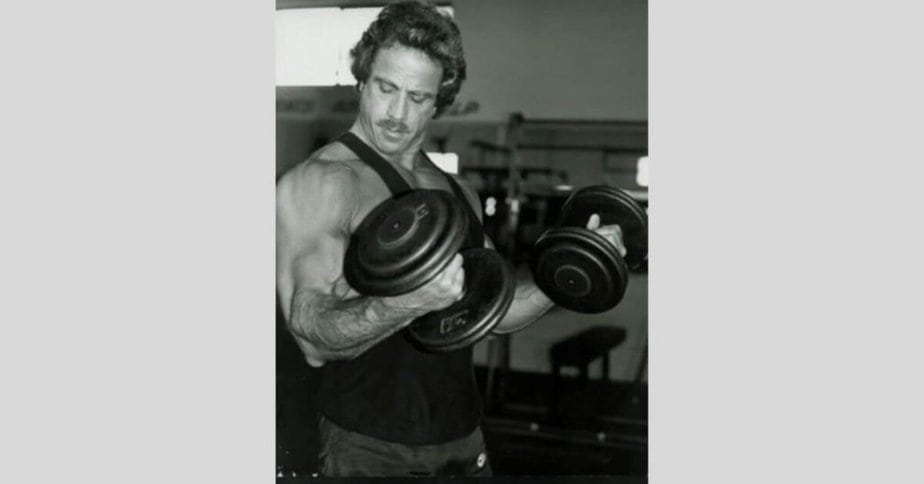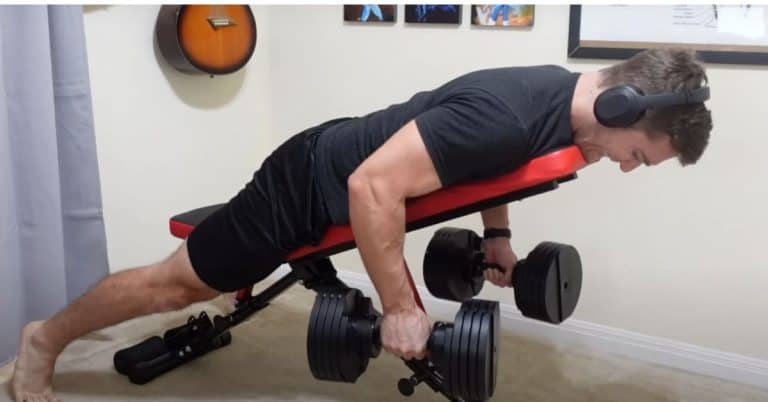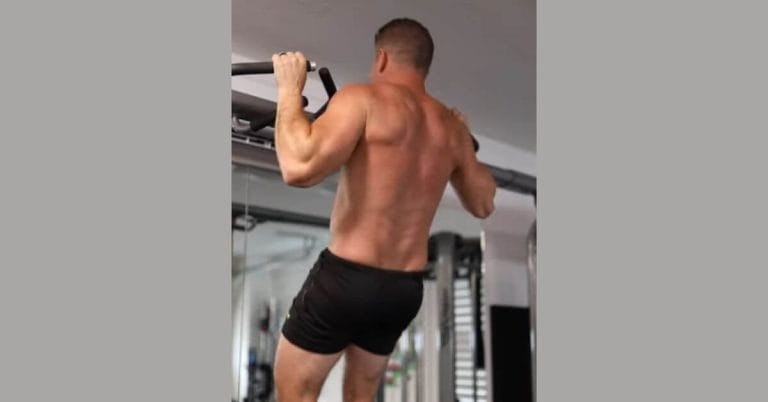Why Do Weights Feel Heavier at Different Gyms? Unveiling the Mystery
Last Updated on October 19, 2023 by Justin Harris
Why Do Weights Feel Heavier at Different Gyms: Weights may feel heavier at different gyms due to variations in the design and ergonomics of the equipment. The weights at one gym may be smaller in size but more dense, making them easier to lift.
Additionally, different machines may have different leverages and pulley-cam systems, which can affect the perceived weight. Another factor is the psychological aspect, as the environment and atmosphere of a gym can influence how heavy the weights feel to an individual.

Overall, the feeling of weights being heavier at different gyms can be attributed to a combination of equipment design, mechanical factors, and personal perception.
Understanding The Phenomenon
Weights at different gyms can feel heavier due to various factors. Firstly, weight distribution and design play a significant role in weight perception. Different gyms may use weights that are designed differently, which can affect the ease of lifting. For example, cast iron weights are denser and have a different weight distribution compared to other materials, making them feel heavier. Additionally, the angles and movement patterns of the mechanical devices used in weightlifting machines can also impact weight perception. The number of pulleys used can affect the resistance experienced while lifting.
Moreover, psychological factors can contribute to the perception of weight. People may perceive weights as heavier in certain gyms due to the environment, motivation, or mindset. The expectations and confidence levels of individuals can influence their perception of weight. Therefore, weights may feel heavier at different gyms due to a combination of design factors and psychological factors.
The Impact Of Gym Equipment Design
Weights can feel heavier at different gyms due to the impact of gym equipment design. For example, the varied designs of dumbbells and barbells can influence how heavy they feel. Different handle thickness and materials can affect the grip and weight distribution, making the weights feel heavier or lighter. Moreover, the design of the weight stack in machines can also affect perception. The angles of the mechanical device, the movement pattern of its handles, and the number of pulleys used can all impact how the weight “feels” on the other end. Additionally, the density and weight distribution of cast iron weights can make them feel heavier compared to other-material weights of the same size. It’s important to note that apart from design factors, perceived weight can also be influenced by psychological factors. Overall, the design of gym equipment plays a significant role in why weights can feel heavier at different gyms.
The Role Of Pulleys And Mechanical Devices
Weights at different gyms can feel heavier due to various factors. One important factor is the leverage effect produced by pulley systems and mechanical devices used in different machines. These systems can alter the resistance experienced when lifting weights.
Different machines are designed with specific angles and movement patterns for their handles, along with different numbers of pulleys. This variation affects the way the weight “feels” on the other end. The angles and pulley-cam systems create different “leverages,” making a given weight easier or harder to lift.
Furthermore, the weight distribution of the equipment can also play a role. Cast iron weights, for example, are denser and have a different weight distribution compared to other materials, making them feel heavier.
Lastly, psychological factors can contribute to the perception of weight. The environment, familiarity, and mindset when lifting weights can all influence how heavy they feel.
The Influence Of Weight Material
The weight material used can have a significant influence on how weights feel at different gyms. When it comes to cast iron weights, the density of the material plays a crucial role. Cast iron weights are denser compared to other materials of the same size, which can make them feel heavier. The weight distribution of cast iron weights is also different, contributing to the perceived heaviness.
In addition, different materials used for weights in gyms can contribute to the variation in perceived heaviness. For example, rubber-coated weights may feel lighter due to their softer surface, while steel weights may feel more substantial.
The weight machines themselves can also impact how weights feel. The design of a machine, including the angles and movement patterns, can influence how the weight is lifted and the perceived heaviness on the other end.
Individual Variations In Weight Perception
Weight perception can vary among individuals, leading to the feeling of weights being heavier at different gyms. There are several psychological factors that can influence weight perception. Personal experiences and biases play a role in how people perceive the weight of an object.
Someone who has had positive experiences with lifting weights may perceive them as lighter, while those with negative experiences may find the same weights to be heavier.
Additionally, differences in weight perception can arise due to variations in equipment design and function. Different gyms may have weights that are designed differently, with variations in size and density. This can affect the comfort and ease of lifting weights. It is important to address these differences in weight perception among individuals and understand that the feeling of weight can be subjective.
Conclusion
The reason why weights feel heavier at different gyms can be attributed to two main factors. Firstly, the design and ergonomics of the weights can vary between gyms, leading to differences in how they feel when lifted. Secondly, psychological factors such as familiarity and comfort can also play a role in the perceived heaviness of the weights.
Ultimately, understanding these factors can help gym-goers make adjustments and adapt their workouts accordingly.
Read Also,






